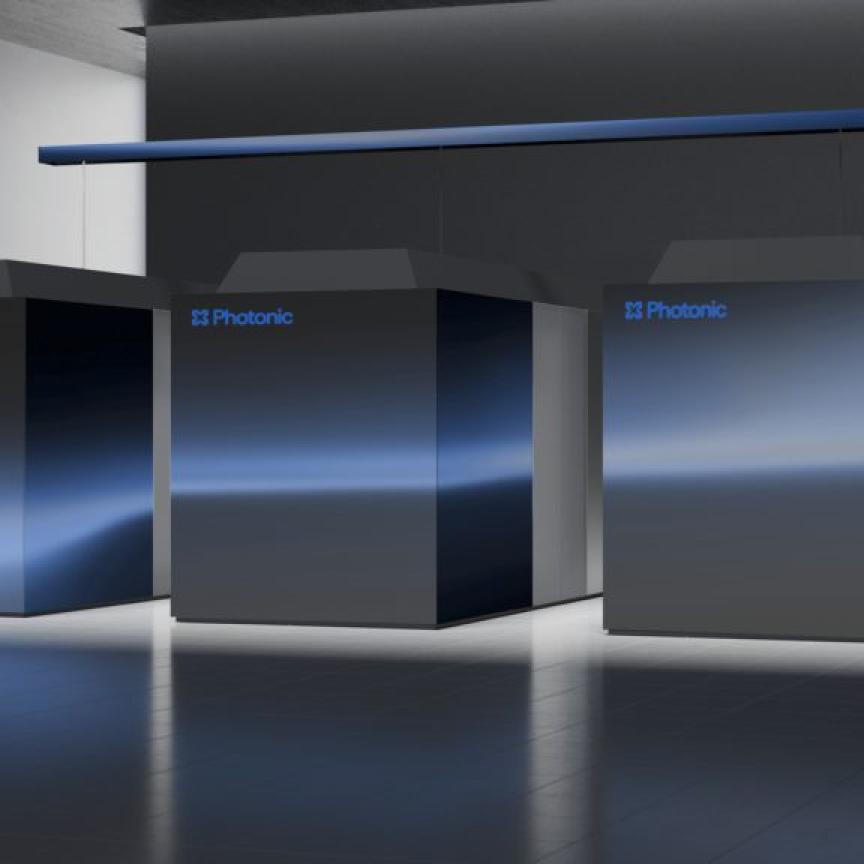The North America li-fi market size is set to expand at substantial CAGR over the next 10 years to reach $2.5 billion by 2030, according to a recent study from market research firm Graphical Research.
With the rising number of cybersecurity challenges faced while using wi-fi over radio frequencies, the demand for high-speed, reliable, and safe li-fi networks has been witnessing a remarkable uptick in demand. One of the major industry trends that has been vitalising the North America li-fi market outlook is the increasing demand for li-wi for location-based applications such as retail and commercial sectors.
Growing at a 55 per cent CAGR through the forecast period, the industry is certain to gain a substantial revenue share in the forthcoming years, driven by the rising demand for connected devices in business organisations and offices. Li-fi can offer enhanced user experience by improving the browsing speed, and thereby boosting the overall productivity of the organisation.
By 2030, the North America li-fi market size is expected to surpass $2.5 billion. The high CAGR of the market can be attributed to the rising frequency of cybercrimes, which has been responsible for the need for secure wireless networks across the commercial sector. Safe data transmission systems are an indispensable necessity for data sensitive domains such as banking and finance. As Li-Fi cannot penetrate opaque surfaces, it ensures superior security from hackers, ensuring safe access to the internet.
Figure from Graphical Research
General Electric, SLD Laser, Integrated System Technologies, Fujitsu Corporation, PureLiFi, Lightbee S.L., Lucibel, Signify, Velmenni, NAV Technologies, and Renesas Electronics Corporation are some leading Li-Wi providers in North America. Numerous leading players have been laying emphasis on securing strategic partnerships and collaborations with other market players for boosting their competency.
In terms of component, microcontrollers are expected to dominate the overall North America Li-Fi industry share by 2030. The trending focus toward miniaturisation of electronic components including microcontrollers has been responsible for the robust expansion of the segment.
Smaller microcontroller chips as well as integrated circuits are being extensively used in li-fi enabled devices. Additionally, the fortified presence of electronic component manufacturers and suppliers in the region, alongside the decreasing costs of these components has been facilitating the expansion of the North America Li-Fi market share.
Intrinsically-safe environments have been exhibiting an escalating demand for li-fi technology over the past few months, the report said. This is because environmental concerns including health and safety and environmental damage has been intensifying, hampering the usage of wi-fi technology across such environments. The switch from wi-fi to li-fi technology has been fueling the North America li-fi industry size.
Li-fi technology can also leverage light spectrum instead of radio waves for transferring data, ensuring their suitability for intrinsically safe environments. As a result, li-fi can be used in settings where communication via radio waves can be dangerous or where RF signals cannot penetrate. For instance, underground mines can deploy this technology for reinforced security of the laborers.
The growing need for in-flight connectivity has been paving the way for immense growth of the aviation & aerospace segment in the North America Li-Fi market. Li-Fi communication technology holds considerable potential for transforming in-flight entertainment as well as revolutionising cabin and fuselage design. This is because Li-Fi communication does not interfere with the wireless networks that pilots use for ground communication and navigation purposes.


